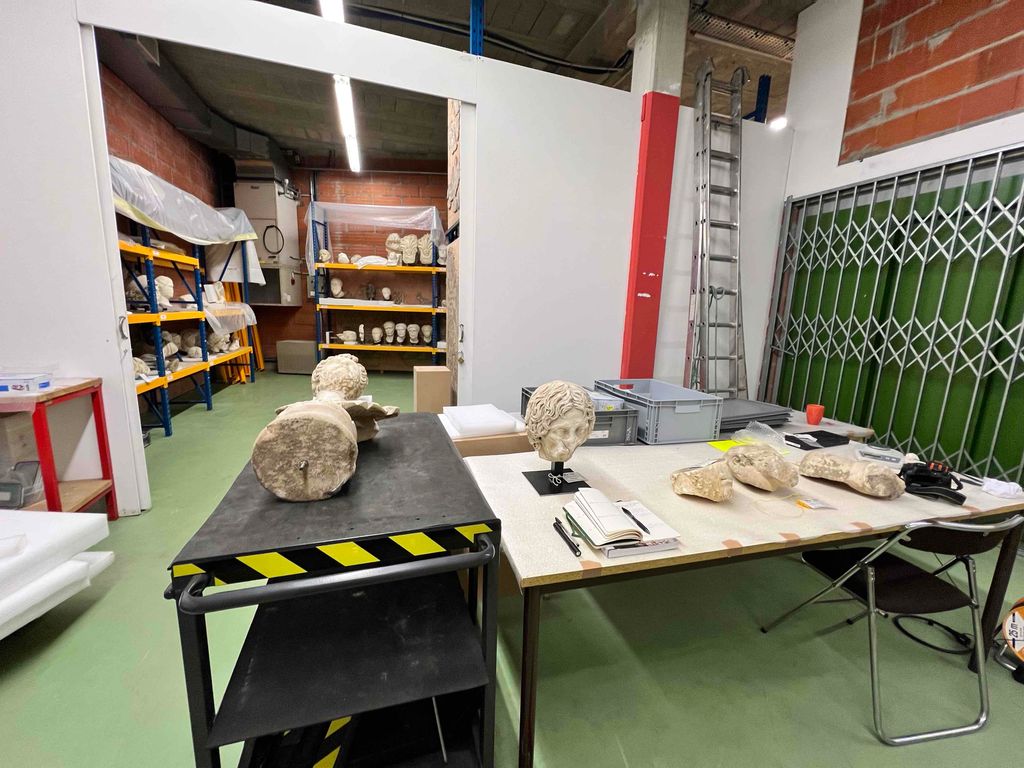Bailey Benson Archaeology Funded Dissertation Research
Bailey Benson is a graduate student in the Hisotry of Art and Architecture Department. She just returned from her research in Toulouse, France funded by the Archaeology Program’s Mark Mobius Student Research and Travel Endowment Fund. The funds from the Mark Mobius Student Research and Travel Endowment was used to support research pertaining to her PhD dissertation, which aims to provide a reinterpretation of the third-century Roman imperial portraits. This project seeks to contextualize the third-century imperial portrait monument within its own socio- and cultural milieu. By examining these monuments within the contexts of their contemporary archaeological and literary records, while also comparing them to preceding traditions, Bailey will demonstrate how these objects of material culture functioned not only as signs of Roman imperium, but also how they fit into wider cultural trends surrounding both individual commemoration and collective, cultural memory practices.
The endowment funds will be used to support primary research at the Musée Saint-Raymond in Toulouse, France, Museo Archeologico Ostiense in Ostia, Italy, and Museo Archeologico Villa Adriana in Tivoli, Italy, as well as visits to the archaeological sites associated with these museums. The portraits housed within these collections have firm archaeological contexts, which is rare regarding the corpus of third-century Roman imperial portraits. The portraits in the collections of the Musée Saint-Raymond were discovered during the excavations of a late antique Roman villa located just outside the modern city of Toulouse at Martres-Tolosane. While the excavation site of the villa was backfilled at the end of the 20th century, the excavation records and documentation are stored at the museum’s archival center. Consultation of these records are invaluable resources for reconstructing the original display contexts of the imperial portraits within the layout of the villa. The imperial portraits housed within the Museo Archeologico Ostiense and Museo Archeologico Villa Adriana were discovered during the excavations of their associated archaeological sites, Ostia Antica and Hadrian’s Villa at Tivoli respectively. As such, the portraits have detailed records pertaining to their discovery and original findspots. This information will be integral for reconstructing their original display context.


